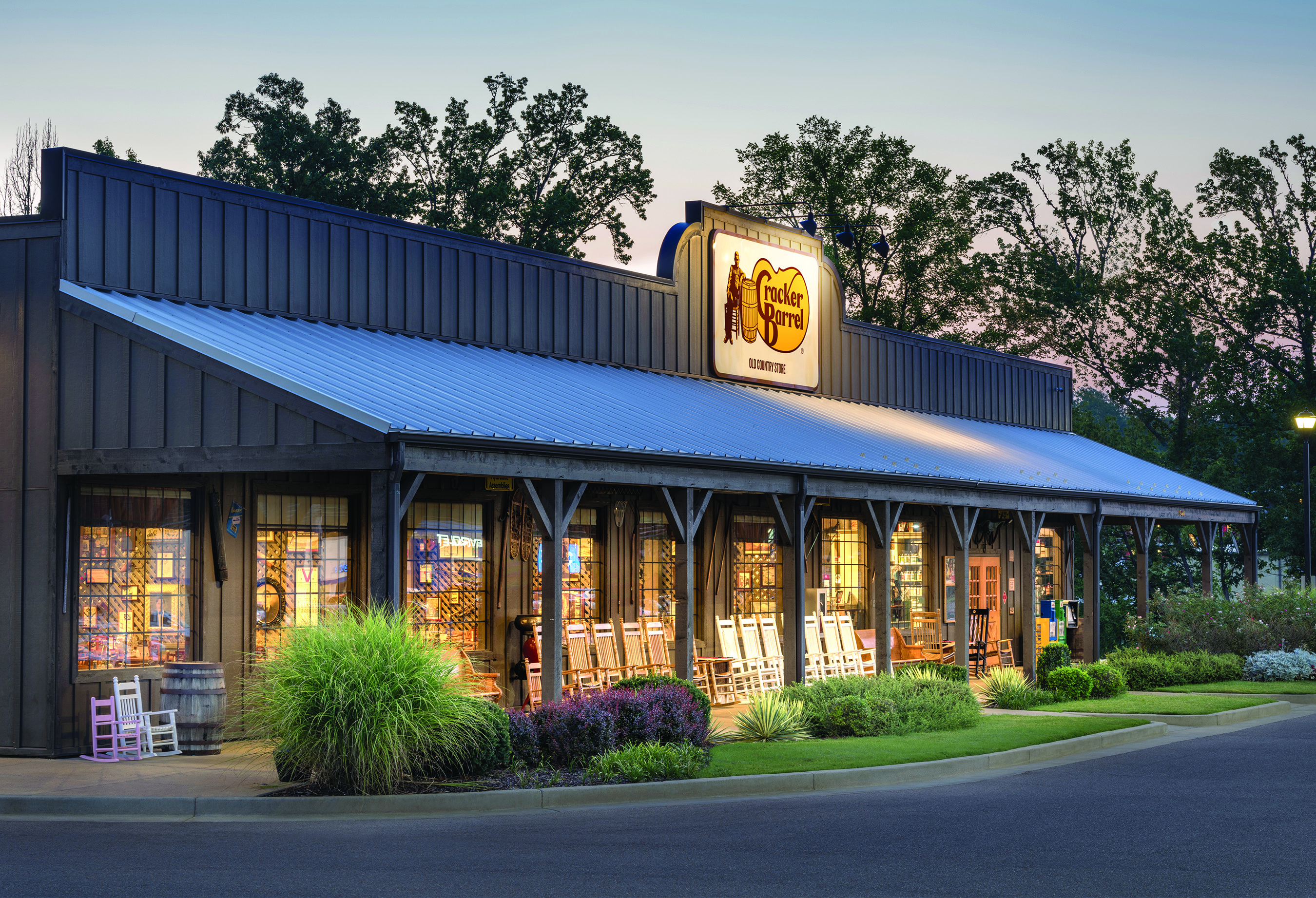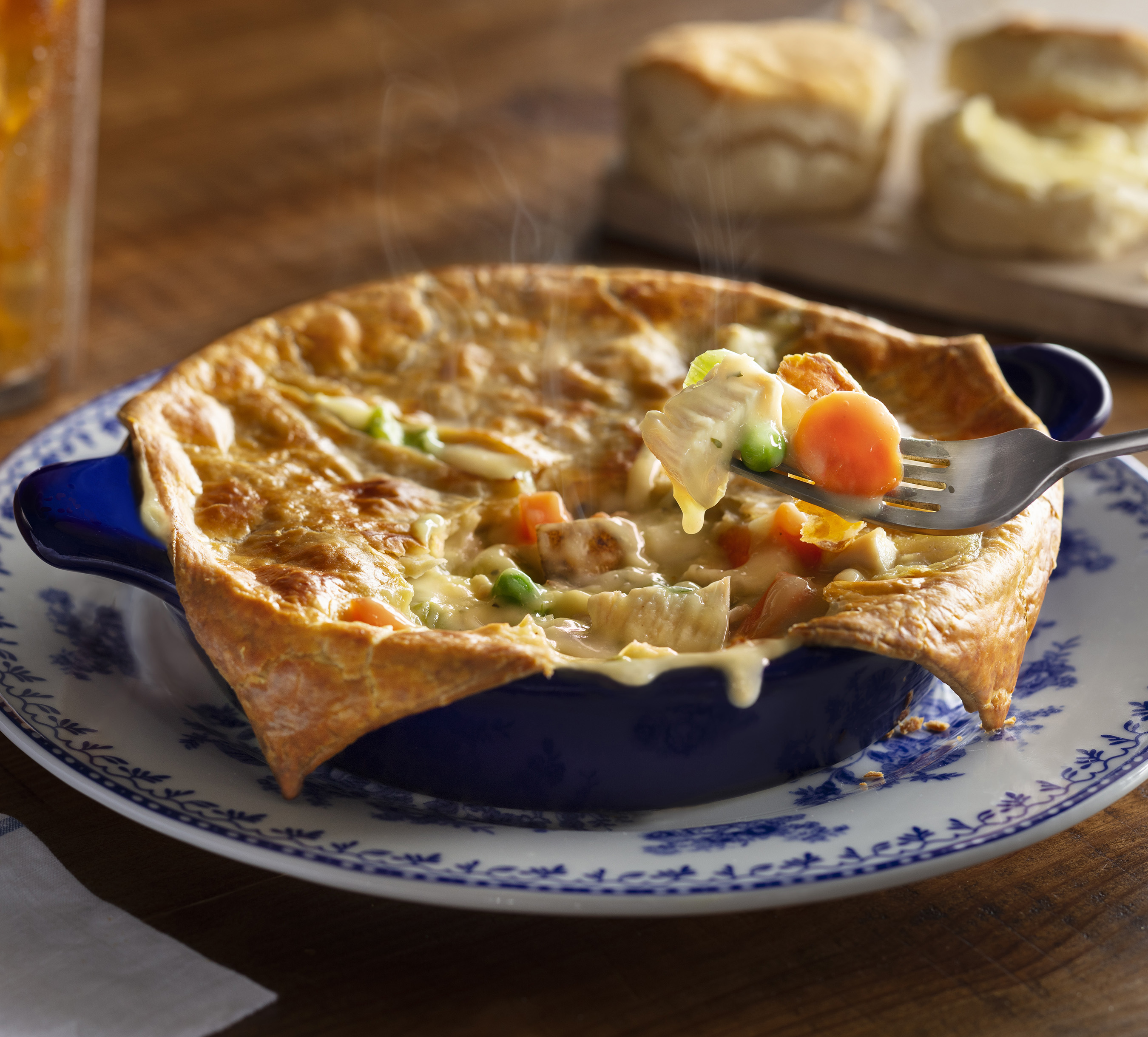Cracker Barrel Pauses Remodels After TikTok Backlash, Refocuses on Food and Value
Cracker Barrel halts a limited remodel test after social media backlash, pledging to preserve vintage Americana while shifting investment toward kitchen-led value.

A Backlash And A Pause
A small test can cast a long shadow when sentiment swells. Cracker Barrel’s modernization effort—confined to a handful of stores—met a cresting wave of online disapproval that transformed a quiet experiment into a public referendum. The company drew a clear line around scope and intent, stating, "We had tested this design in only four out of 660 locations, and we won’t continue with it." The declination is unambiguous: a pilot was run, lessons were gathered, and the initiative was halted. The decision lands with the firm cadence of a kitchen that knows when to let a sauce reduce and when to take it off the flame. Rather than defend the aesthetics, leadership framed the move as a recalibration—less a retreat than a refusal to imperil the flavors guests return for. In an environment where perception spreads faster than proof, the brand’s pivot signals a preference for substance over spectacle: fewer visual gambits, more attention to the plate.

When The Outcry Began
The chronology matters. Criticism of the remodels began to ripple across TikTok between "April" and "early August," as users described a brighter, modern farmhouse-style look that didn’t square with expectations. Those early reactions seeded the narrative that change was broad and accelerating, even though it was present in just "four out of 660" locations. Only in "late August" did the logo backlash crest, layering a second chorus onto an already familiar refrain. The sequence suggests that design concerns were not a derivative of the logo moment; they were the opening act. By the time the logo furor intensified, the stage had been set: the visual refresh had already become a flashpoint, and the brand needed a different focal point—one rooted less in appearance and more in hospitality’s essential currency: what arrives at the table.
What Will Not Change
To steady loyalists, the brand returned to reassuring, tactile symbols: "the vintage Americana you love will always be here — the rocking chairs on the porch, our fireplaces and peg games, unique treasures in our gift shops and antiques pulled straight from our warehouse." In enumerating the familiar, the company validated the precise elements guests feared might vanish. It was a promise with teeth—specific, physical, remembered. Underneath that pledge sat the redirect: a "bigger focus in the kitchen and on your plate." The juxtaposition is intentional. Keep the soul intact—the rocking chairs, hearth, games, and curiosities—while shifting investment to the one place where consensus still feels reachable: food and value. It is the culinary version of classicism with restraint, a decision to preserve house style while refining the seasoning. For a brand with deeply felt rituals, the message is simple: the room may not change, but the meal might improve.
A Turnaround Meets Its Test
The pause sits within a wider turnaround narrative. A multi-year refresh plan had envisioned momentum in "2025," with "between 50 and 60" remodels or refreshes anticipated, a meaningful commitment of capital to physical upgrades. By suspending that pipeline, leadership creates near-term capital expenditure relief and the ability to concentrate funds where the payback appears clearer. The choice also harmonizes with the feedback cycle. Viral critiques of the brighter look predated the logo moment by weeks, implying the design already carried risk. Strategic discipline required moving away from changes that threaten core equity and toward offerings that guests actively seek to purchase. In effect, the brand is choosing the kitchen over the paintbrush—not as an abdication of modernity, but as a prioritization of the levers most likely to restore appetite and habit.
The Numbers Speak
Performance data clarifies the stakes. In "2023," the company introduced a loyalty program to address sliding traffic and improve understanding of guest behavior. Last year, it began testing a major menu overhaul and leaned into social media, including TikTok, to meet younger consumers where they choose their next meal. According to the latest 10-Q, comparable restaurant sales rose "1%" year over year in "fiscal Q3," with all of the growth coming from average check—price and mix—while traffic fell "5.6%". In practical terms, revenue per visit increased even as visits declined. The downturn began before the logo controversy; the later backlash "dented sales still further, according to Bloomberg." Against that backdrop, cutting remodel spend and concentrating on menu and value reads as a pragmatic recalibration. The brand is tightening its circle: enriching what guests eat and how much value they feel they receive, rather than wagering on a visual vernacular that split opinion.

When A Test Goes Viral
The mechanics of the test explain the disproportionate reaction. The refreshed look appeared in just "four out of 660" locations, intended for learning, not scale. Yet several videos criticizing the brighter, modern farmhouse-style design went viral from "April" through "early August," creating a perception that the change was broad and unchecked. The result: a trial of modest reach felt like a wholesale pivot. When the logo backlash peaked in "late August," a second wave of discontent crested on the first, heightening the sense that change was advancing too quickly. To reset the frame, the company emphasized a "bigger focus in the kitchen and on your plate" and reiterated the non-negotiables that define the experience. It is a shift in storytelling as much as in spending: moving the spotlight from walls and signage to flavor and value, where judgments are made with fork and wallet rather than thumbnail and scroll.
Guardrails For Change
There is a practical dividend to the pause: capital expenditure relief in the near term. But relief is not resolution. An aging storebase still asks for attention, even as the payback on aesthetic upgrades remains uncertain and identity shifts encounter intense online scrutiny. In this climate, the statement "We had tested this design in only four out of 660 locations, and we won’t continue with it" becomes more than a post-mortem; it functions as a guardrail for what comes next. The implied rulebook is precise: future identity changes will be small-scale and reversible until they prove they resonate; investment will tilt toward menu, mix, and value where traffic outcomes can be measured with greater clarity. The approach is not timid—it is staged. Like a careful tasting menu, courses will arrive in measured succession, each justified by guest response before the next is plated.
What Is Known, And The Lesson
Several anchors are firm. The remodel test ran in "four out of 660" stores. Comparable sales rose "1%" in "fiscal Q3," while traffic declined "5.6%." TikTok critiques circulated from "April" to "early August," and the logo backlash peaked in "late August" and "dented sales still further, according to Bloomberg." Prior to the reversal, the company had planned "between 50 and 60" remodels or refreshes in "2025." These facts outline both ambition and constraint. What remains fluid is the pace of refresh—how far and how fast to move, "calibrating what to change and what to preserve." In that equation, preserving enduring symbols and testing changes in small batches emerges as the sensible path. The brand’s public framing—porch rocking chairs, fireplaces and peg games, curated shop treasures, and a kitchen-led value promise—sets a workable standard for progress: strengthen food and value first; attempt visual change only when guests embrace it. In a TikTok era where sentiment turns on a dime, the lesson is restraint with purpose. Start small, prove the dish, and earn the right to course-number two. Protect core equity, and let better meals rebuild the habit of the visit.